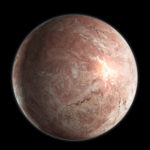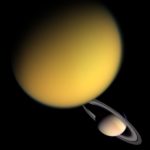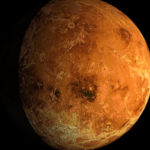Interesting facts about the planet Pluto
 Pluto is a heavenly body with an interesting history. Opened in the twentieth century, it remained for a long time practically unexplored because of the great distance from the Earth. And today the situation has not changed much, but at least the first photos of its surface appeared.
Pluto is a heavenly body with an interesting history. Opened in the twentieth century, it remained for a long time practically unexplored because of the great distance from the Earth. And today the situation has not changed much, but at least the first photos of its surface appeared.
Pluto received its name in honor of the ancient Roman god, who commands the underground world.
Previously, Pluto was considered a planet, but was subsequently re-qualified as a dwarf planet.
On Pluto there is an atmosphere consisting of nitrogen with an admixture of carbon monoxide and methane.
Of all the dwarf planets now known, by the way, only Pluto has an atmosphere.
One year on Pluto is two hundred forty-eight earth years.
The day on Pluto lasts slightly less than the earthly week.
One of the satellites of Pluto, Charon, is not much inferior to Pluto in size.
Sunlight comes to Pluto in five hours. To the ground – in eight minutes.
The day on the surface of Pluto is about as dark as it was at night on Earth.
A man weighing 90 kilograms on Pluto would weigh about 5.5 kilograms.
The average temperature on the surface of Pluto is about -229 degrees Celsius.
Pluto is the second largest dwarf planet in the solar system.
The sun from the surface of Pluto looks like a dull point in the sky.
The above-mentioned moon of Pluto, Charon, does not revolve around him – both these heavenly bodies revolve around the common center of mass. The other three satellites of Pluto revolve around it in ordinary orbits. Such is the celestial mechanics.
Pluto was first photographed in 2015 by the New Horizons.
In size, Pluto is smaller than many satellites in the solar system.
There are polar caps on Pluto.



























